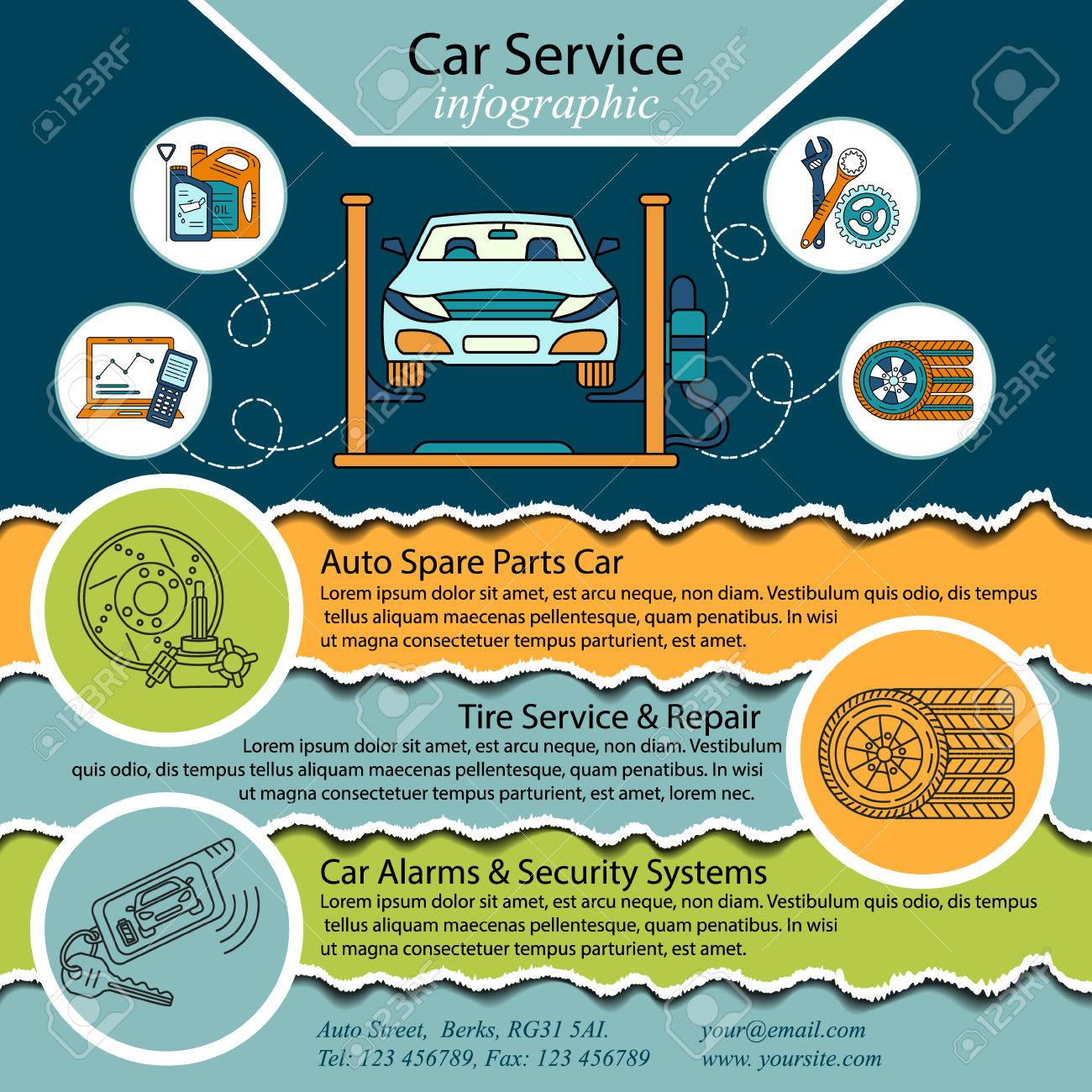Decoding Your Car'S Caution Indicators: What They Truly Symbolize
Decoding Your Car'S Caution Indicators: What They Truly Symbolize
Blog Article
Write- cardetailernz Created By-Sykes Gilbert
When you're behind the wheel, those beautiful caution lights on your control panel can be a bit puzzling. Do you know what they're trying to inform you about your automobile's wellness? Comprehending the value of these lights is crucial for your safety and security and the long life of your lorry. So, the next time among those lights appears, would not you intend to understand its message properly and take the required steps to resolve it?
Common Caution Lighting and Interpretations
Identify usual warning lights in your cars and truck and recognize their significances to make sure safe driving.
One of the most typical caution lights consist of the check engine light, which indicates concerns with the engine or discharges system. If this light comes on, it's vital to have your automobile checked promptly.
The oil stress alerting light suggests low oil pressure, requiring immediate attention to prevent engine damages.
https://jaredkfzun.blog-kids.com/30131576/discover-the-crucial-variables-that-will-certainly-lead-you-in-picking-the-proper-care-and-upkeep-for-your-lorry blinking battery light could recommend a faulty billing system, possibly leaving you stranded otherwise resolved.
The tire pressure surveillance system (TPMS) light signals you to reduced tire stress, impacting automobile stability and gas performance. Ignoring this can result in harmful driving problems.
The abdominal light indicates an issue with the anti-lock stopping system, compromising your ability to quit swiftly in emergency situations.
Last but not least, the coolant temperature level advising light warns of engine overheating, which can result in extreme damage otherwise settled promptly.
Comprehending these usual warning lights will certainly help you deal with issues quickly and maintain risk-free driving problems.
Significance of Prompt Focus
Comprehending the typical caution lights in your car is just the first step; the significance of immediately addressing these warnings can't be stressed enough to ensure your safety on the road.
When a warning light brightens on your dashboard, it's your car's means of interacting a possible issue that needs focus. Overlooking these warnings can lead to much more extreme issues in the future, endangering your safety and potentially costing you more in repairs.
Motivate attention to advising lights can stop break downs and accidents. As an example, a blinking check engine light can show a misfire that, if left ignored, can create damages to the catalytic converter. Addressing this immediately can save you from a costly repair.
In a similar way, a brake system cautioning light might indicate low brake liquid or used brake pads, essential parts for your security when driving.
Do It Yourself Troubleshooting Tips
If you observe a caution light on your control panel, there are a few do it yourself repairing pointers you can try prior to looking for professional aid.
The initial step is to consult your auto's manual to recognize what the specific warning light suggests. Sometimes the issue can be as straightforward as a loose gas cap setting off the check engine light. Tightening https://transmission-oil-change62739.atualblog.com/36038675/kicking-off-your-environment-friendly-vehicle-describing-trip-with-sustainable-products-and-methods-discover-just-how-to-take-care-of-your-car-while-taking-care-of-the-world may deal with the trouble.
An additional common concern is a reduced battery, which can set off numerous advising lights. Inspecting https://www.monitorsaintpaul.com/stories/advice-and-service-tips-from-bobby-steves-auto-world,5468 for corrosion and guaranteeing they're safe might fix the problem.
If a caution light persists, you can attempt resetting it by separating the vehicle's battery for a few minutes and afterwards reconnecting it. In addition, inspecting your vehicle's liquid degrees, such as oil, coolant, and brake fluid, can assist fix warning lights associated with these systems.
Final thought
Finally, understanding your vehicle's warning lights is important for keeping your automobile running smoothly and securely. By quickly resolving these informs and understanding what they mean, you can prevent costly repair services and prospective break downs.
Keep in mind to consult your car's handbook for specific details on each cautioning light and take action as necessary to ensure a hassle-free driving experience.
Keep notified, stay safe when driving!
